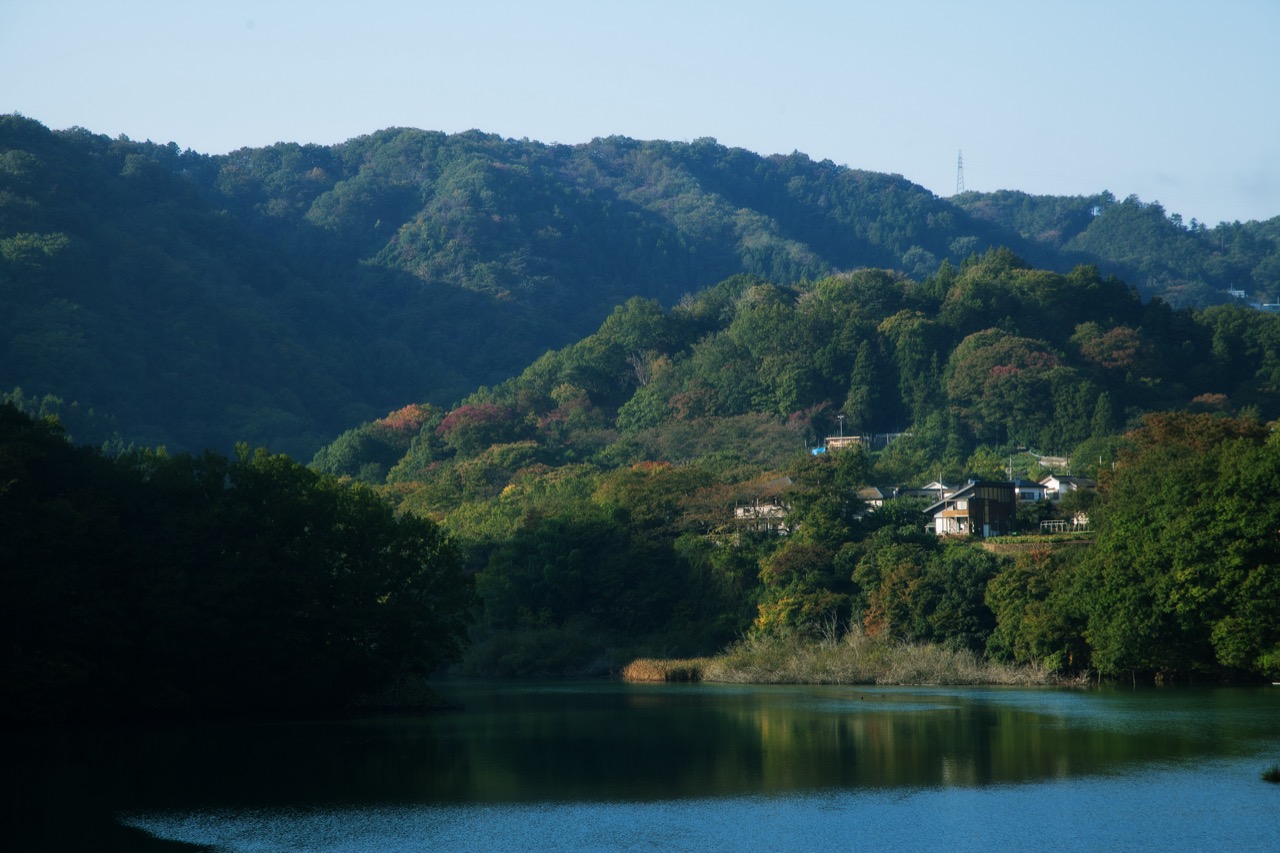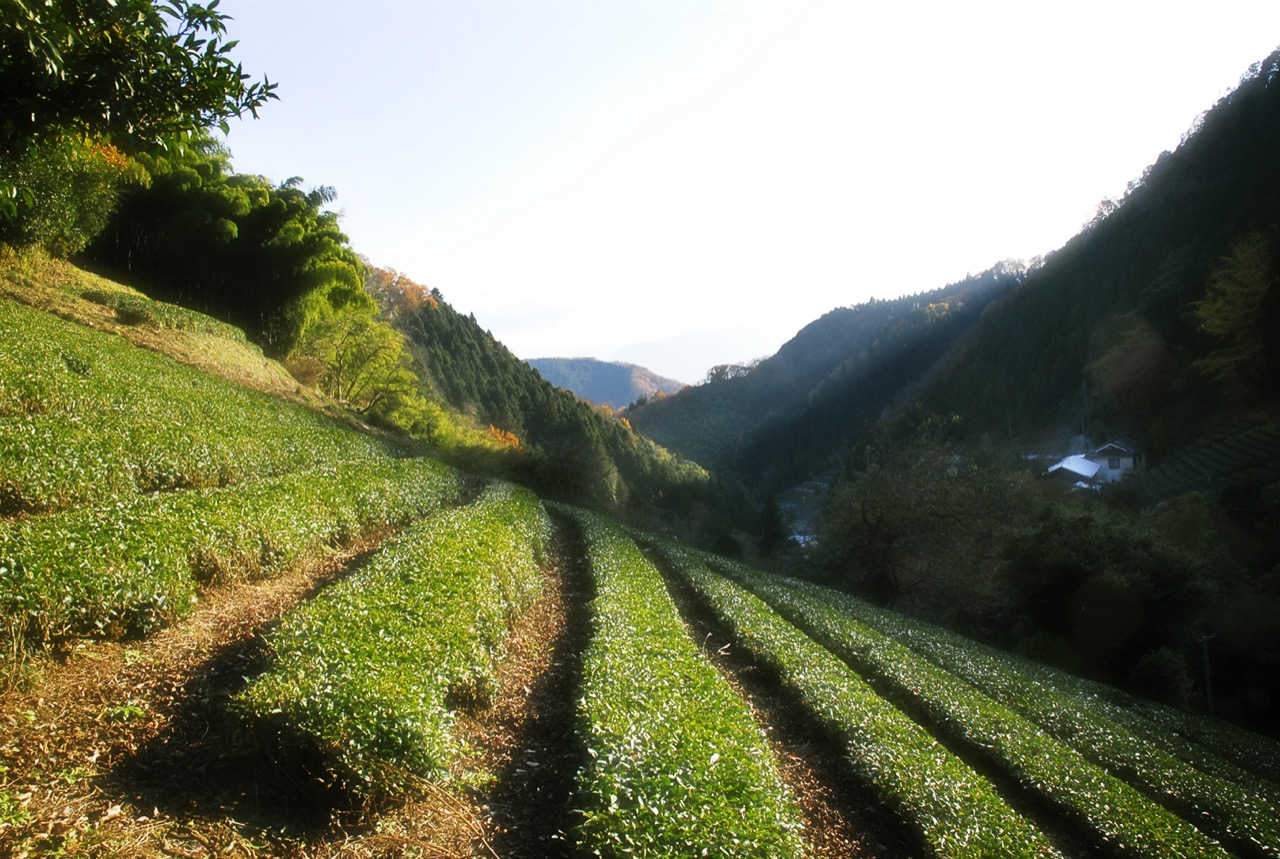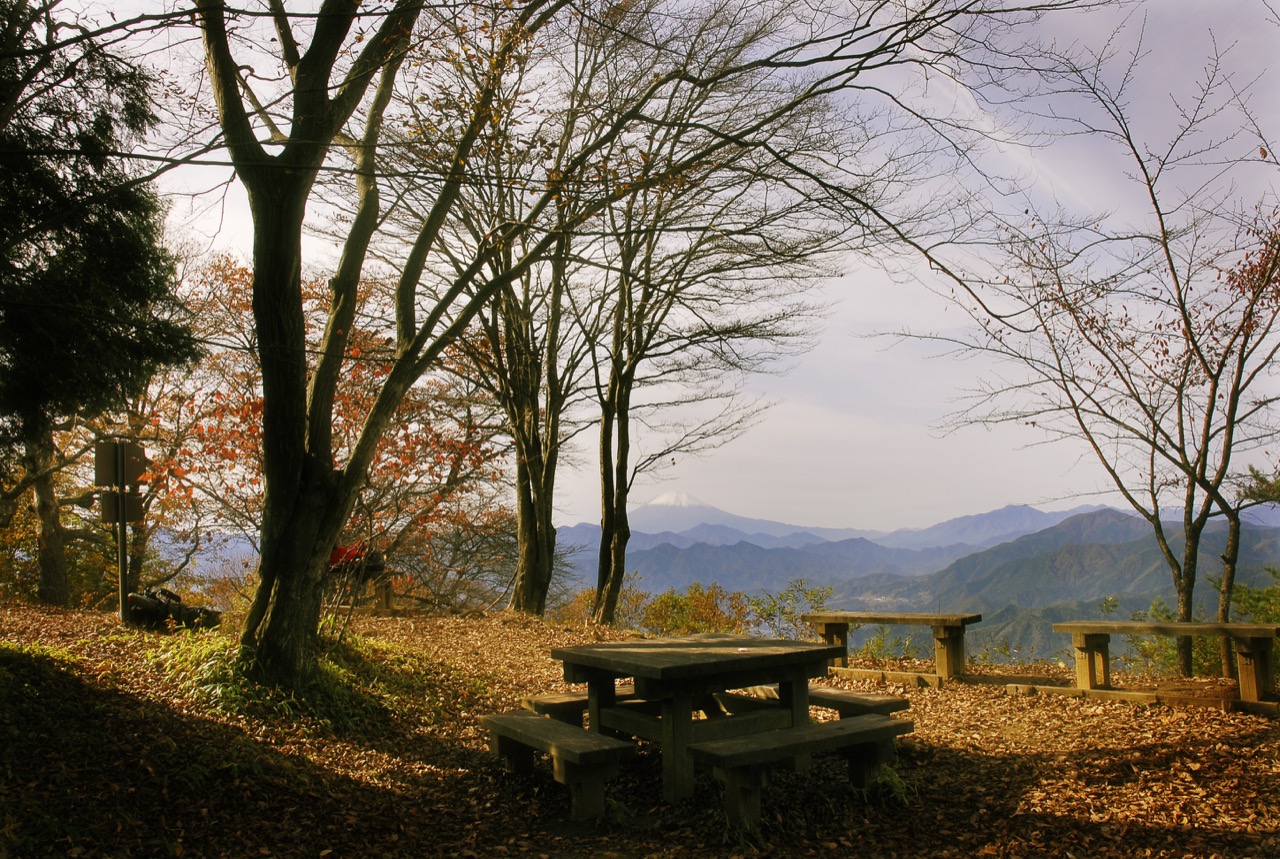
Fujino Area : Fujino’s location and satoyama environment
・・・Fujino Area・・・
Fujino thrived during the Meiji era (1868–1912) due to its rich natural resources for farming and developing cottage industries, including charcoal-making, sericulture (the cultivation of silkworms to produce silk), and weaving silk or cotton fabric. After World War II, Fujino saw a rapid downturn of its industries, which led to population decline but, in recent years, residents have been striving to turn around the area’s fortunes by generating interest in traditional environmental practices and offering opportunities for people to experience working in local agriculture and forestry.
・・・Farming and cottage industries・・・
Fujino is a satoyama (literally, “village and mountains”), an area made up of a settlement as well as farmland, irrigation ponds, secondary forest, plantation forest, and grassland. It can be reached from central Tokyo in about an hour by train. The area is rich in natural resources, but there is limited arable land for farming, as the terrain is mountainous with steep slopes and narrow strips of flat land. People have coexisted with this environment for centuries through sustainable management techniques, which were developed as part of communal land practices during the Edo period (1603–1867).
From the late nineteenth century until the 1950s, the main industries of Fujino were charcoal-making, sericulture, and weaving. Charcoal played a prominent role in Japanese life from the Yayoi period (300 BCE–300 CE) until the 1950s. In daily life, it was most commonly used for heating and cooking, typically in the sunken hearth (irori) of the home, around which the family would gather to cook, eat, and socialize. Silkworms were bred in traditional farmhouses, where they were fed on mulberry leaves until they reached maturity and formed cocoons. The thread was unwound from the cocoons and spun into silk for use in textiles. Fujino was also known for producing high-quality green tea, and the crop played an important role in the local economy.

・・・Industrial and demographic change・・・
Fujino’s traditional industries rapidly declined in the years after World War II, when charcoal ceased to be used for household fuel and major changes in employment, consumption, and lifestyles impacted sericulture and the weaving industry. Rapid economic growth from the 1960s and a declining, aging population exacerbated the downturn in local industries, particularly agriculture and forestry. Forests could not be adequately maintained and were left to grow wild; the production of green tea also declined.
・・・Future direction・・・
Today, fewer than 10 full-time farmers and about 30 forestry workers are active in Fujino. Farming is typically small-scale and multi-crop due to the limited space. Farmers generally produce organic crops. Green tea and other crops are grown on terraces carved into the landscape; these help prevent landslides by temporarily holding heavy rainfall while preserving the natural environment and its biodiversity.
The limited availability of flat land means that it is difficult to sustain an adequate income from farming in Fujino, so many residents have jobs in addition to farming. To increase the number of farmers, Fujino is promoting “sixth sector industrialization,” whereby job opportunities are created and income is increased by combining secondary and tertiary industries with a primary industry. The village is also working to add brand value to its products and improve its prospects by maximizing its status as a satoyama close to Tokyo.
Fujino is trying to attract new residents by offering opportunities to experience working in local agriculture and forestry, such as through farm stays, assistance with forest thinning, and tea picking. By promoting interest in traditional sustainable environmental practices and spreading knowledge about local farming and forestry, Fujino hopes to encourage visitors to move to the area.

